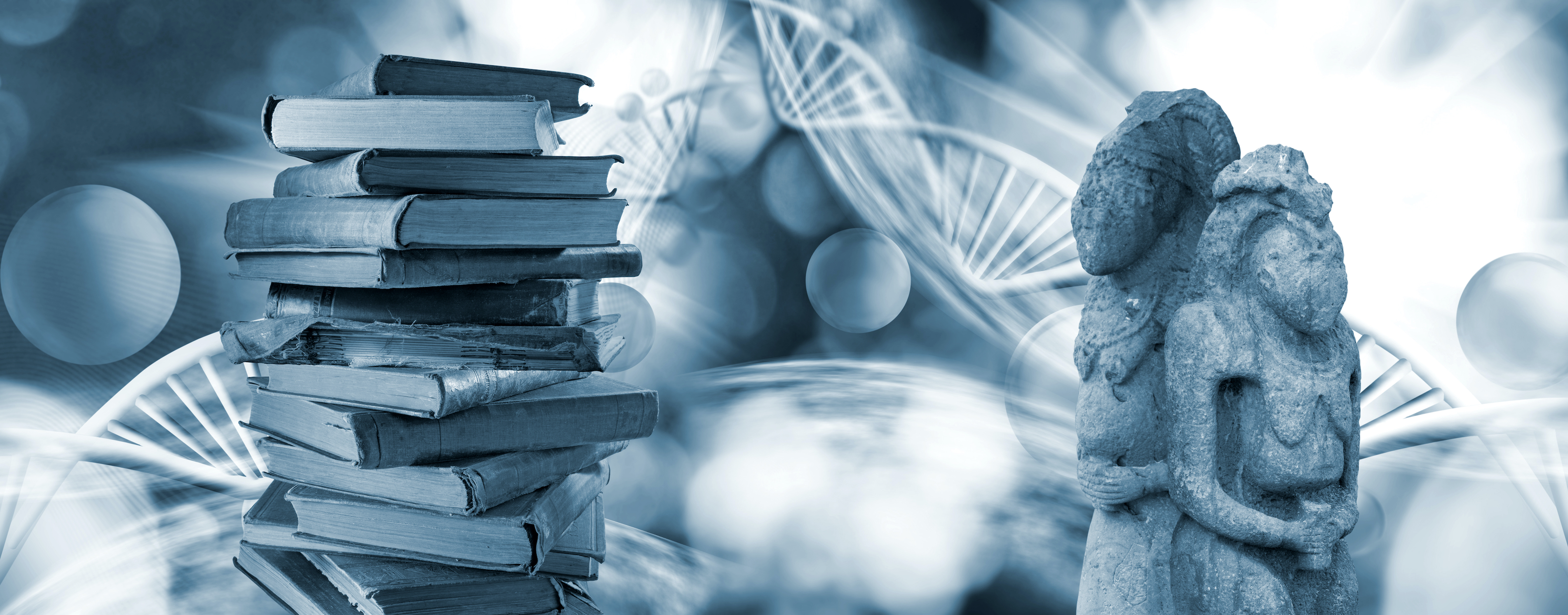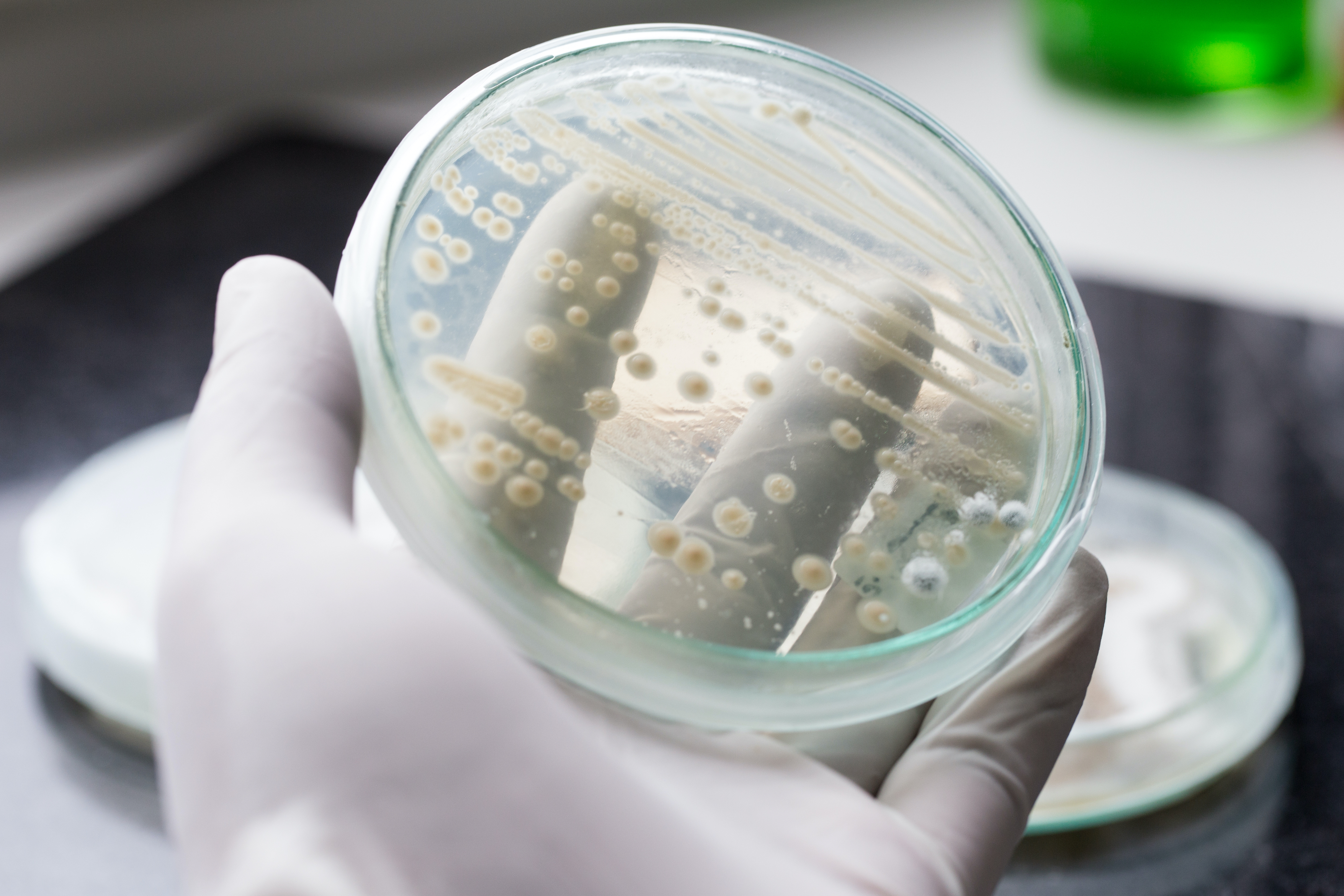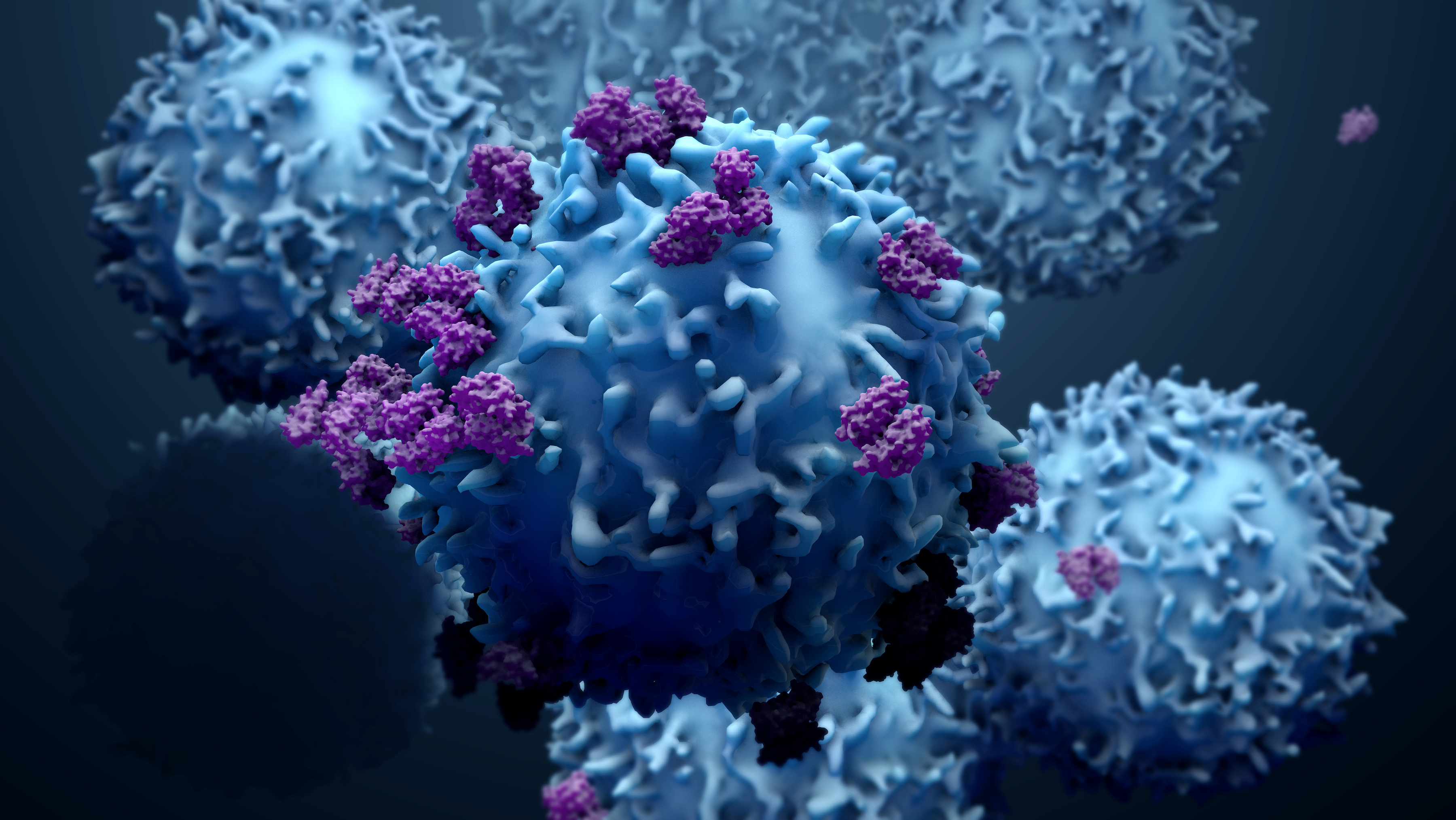In the early part of the 20th century, Thomas Hunt Morgan and his colleagues demonstrated that mutations – the type of traits that Mendel saw – also were localised on chromosomes.
The really big breakthrough was in 1953, the year of my birth, when Watson and Crick, and Franklin and Wilkins, discovered the structure of the double helix. That led to several fundamental new understandings, such as the self-templating, or copying, of the strands of DNA so that there could be a mechanism for inheritance. The line of base pairs along the DNA could alter to generate mutations, and the sequence of those base pairs created a genetic code for proteins, as well as for other molecules and cells.
That’s a very brief history of DNA – except that Watson and Crick’s double helix didn’t tell us how the DNA is actually copied, which is what I’ve been working on.


